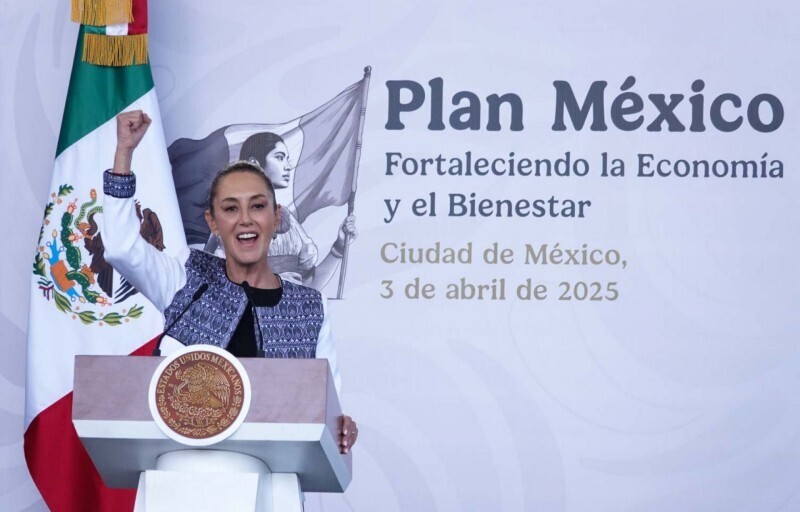
The second and third quarters of 2025 were characterized by a decline in job registration in this strategic sector. García links this deterioration to the loss of investment dynamism, which has accumulated eleven consecutive months of annual contractions until July, and with the 2.4% drop in the registration of affiliates with IMSS in September. According to the consulting firm's parameter, investment should represent 24% of GDP, but today it is at 22.6%. She warns that the lower demand for Mexican manufactured goods, both from abroad and the domestic market, is cooling employment, and projects a 4.5% decline in 2025. More than nine months have passed since President Claudia Sheinbaum presented the Plan México and goal 3, aimed at generating one and a half million new jobs in manufacturing and strategic sectors by 2030, but this goal is far from being achieved. The most recent employment figures reflect a loss of dynamism precisely in the sectors called to drive that transformation. According to INEGI, the deterioration of employment in the secondary sector—where industry, construction, and mining are concentrated—deepened in September. "If the T-MEC closes well, not tariff-free but with a better relative position compared to other countries, especially Asian ones, the country can benefit from investments and, consequently, an increase in quality jobs in strategic sectors," she adds. For Guillermina Rodríguez, director of economic studies at Banamex, the outlook for the end of the year does not seem encouraging. At this rate, meeting the goal of 1.5 million new jobs by 2030 looks even more challenging. These are high-specialization industries, capital-intensive, and they tend to generate formal jobs with better wages, social security, and labor stability, compared to services or agriculture. IMEF: "Constitutional reforms are hindering investment". Following this lead, Adriana García, chief economist at México, ¿Cómo Vamos?, warns that "between January and September of this year, nine months after the announcement of this goal, 20,729 formal jobs have been lost in the registration with IMSS in the transformation industries, a phenomenon not observed in the 2020 and 2008-2009 crises." In the last year, 368,635 jobs were lost, with a plummet of 249,856 jobs in the manufacturing industry alone, one of the engines of goal 3 of the Plan. Although the government did not specify what the category of strategic sectors includes, the Plan México document itself gives some clues in point 5, mentioning value chains such as automotive, aerospace, electronics, semiconductors, pharmaceutical, and chemical, among others. "The reason we have such poor dynamism in the creation of quality jobs this year is a direct consequence of this lag," she asserts. The reason we have such poor dynamism in the creation of quality jobs this year is a direct consequence of the investment lag, which represents 22.6% of GDP instead of the recommended 24%. For the economist, the future fulfillment of the goals depends on three factors: reducing internal uncertainty derived from the new legal framework, the outcome of the T-MEC review in July 2026, and generating sufficient availability of electricity to attract high-value-added industries. By 2026, it could recover a mere 1%.













